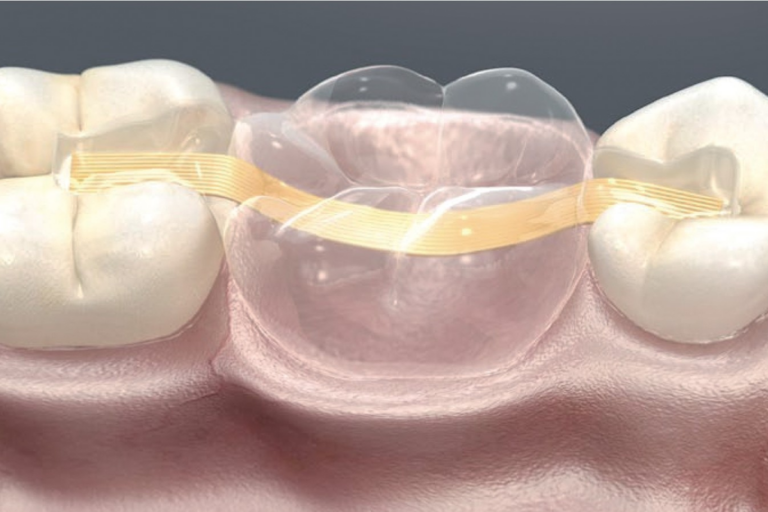
In recent years, healthcare has witnessed a data explosion like never before. Electronic health records, wearable devices, and health apps generate vast patient information. However, this wealth of data has a significant challenge: compliance and interoperability. Enter Fast Healthcare Interoperability Resources (FHIR) is a standard designed to address these issues and revolutionize the entire health industry.
The Problem: Data Compliance in Digital Healthcare
Data is at the heart of modern healthcare, driving clinical decisions, research, and patient engagement. However, the diversity of systems, formats, and standards in the healthcare landscape has led to a critical issue: data silos. These silos hinder sharing of vital patient information among healthcare providers, researchers, and patients. The result? Fragmented care, missed opportunities for research, and inefficiencies that impact both healthcare providers and patients.
FHIR: The Catalyst for Change
Fast Healthcare Interoperability Resources (FHIR) has emerged as a beacon of hope in this data compliance conundrum. But how exactly can FHIR revolutionize the health industry, and why should startups and developers pay attention?
Interoperability Simplified
At its core, FHIR is designed to make healthcare data exchange simpler and more effective. It employs modern web-based technologies, including RESTful APIs, to enable seamless communication between disparate healthcare systems. For startups and developers, this means they can create applications and procedures that effortlessly integrate with existing healthcare infrastructure.
Accessibility and Adoption
FHIR’s growing adoption by healthcare organizations, including major EHR vendors, means that startups and developers can tap into a vast ecosystem of potential users and customers. FHIR’s standardization makes it easier to enter the healthcare market and ensures your solutions are compatible with a wide range of systems.
Empowering Patient-Centric Care
FHIR’s patient-centric approach empowers individuals to securely access and control their health data. Developers can build applications that put patients at the center of their healthcare journey, fostering greater engagement and trust.
Unlocking Innovation
FHIR’s modularity and extensibility enable startups and developers to innovate rapidly. Rather than reinventing the wheel, you can leverage FHIR’s standardized data structures, freeing up time and resources to focus on creating value-added features and services.
Research and Collaboration
Researchers benefit immensely from FHIR’s structured data. It facilitates data sharing for clinical trials, population health studies, and real-world evidence research, advancing medical science and patient outcomes.
How Can You Learn More?
For those eager to explore FHIR further, there are valuable resources available. Consider attending a digital health webinar to gain in-depth insights into its significance. This webinar can answer crucial questions:
- What are my options for achieving interoperability in the complex healthcare landscape?
- How does FHIR work, and who uses it?
- Why should you consider building on a data exchange protocol like FHIR?
- How can you implement FHIR effectively in your digital health solutions?
In conclusion, FHIR is not just a standard; it’s a catalyst for change in the healthcare industry. It offers startups and developers the tools to create innovative, interoperable, patient-centric solutions. By embracing FHIR, you can be at the forefront of a healthcare revolution that promises better care, enhanced research, and improved patient outcomes.






